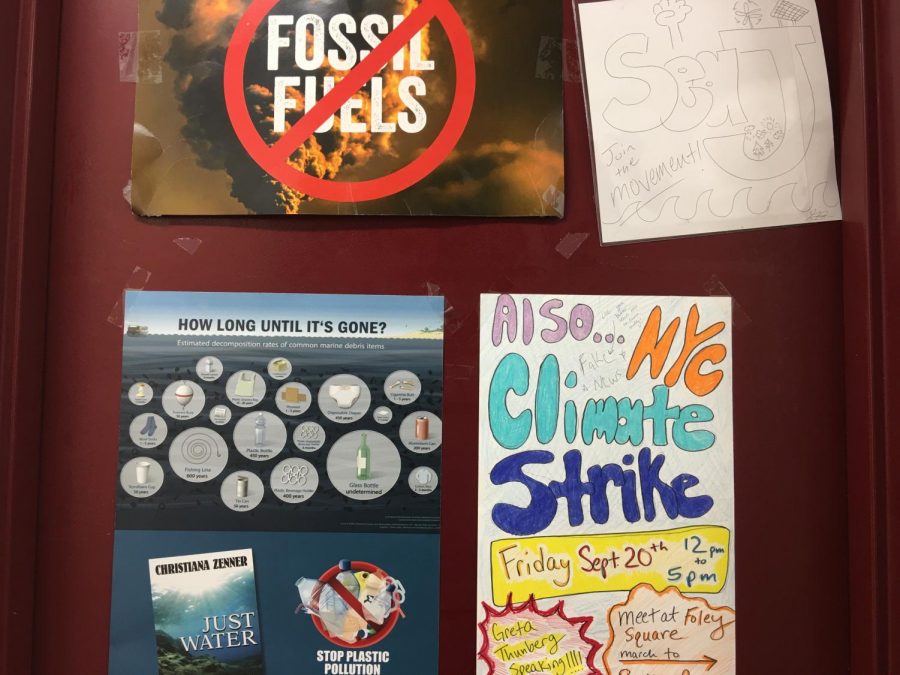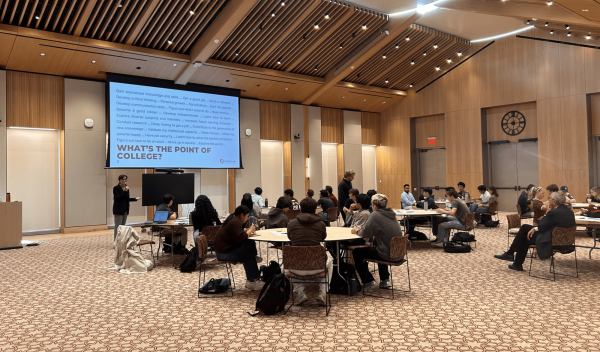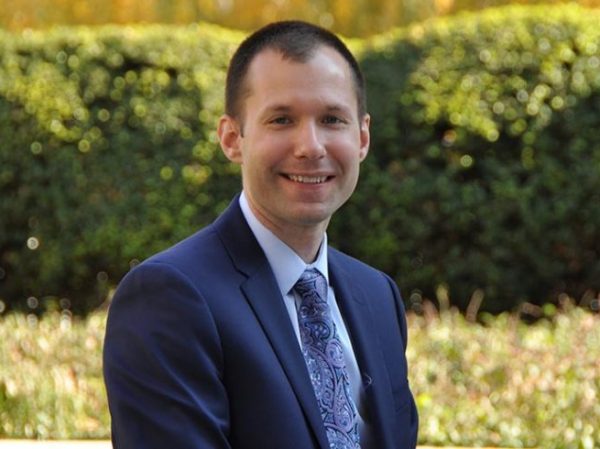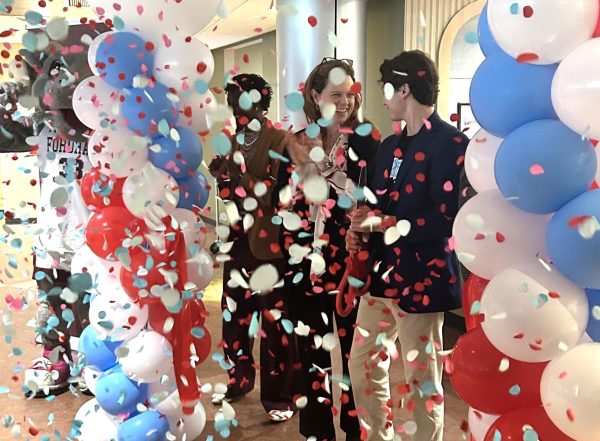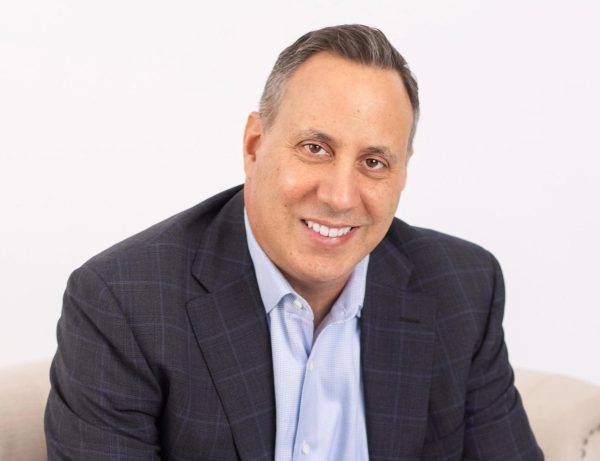Administration Explains Sustainability Plans
Fordham University began overhauling its sustainability efforts in 2005, which Vice President of Administration Marco Valera designates as Fordham’s “baseline year.” In 2007, it joined the New York City Carbon Challenge, which involved reducing greenhouse gas emissions by 30% by 2017.
As The Ram previously reported, after missing the goal by 5.4%, the university committed to a new goal of reducing emissions by 40% by 2030.
In order to do so, Fordham began replacing over 100,000 lightbulbs at both the Rose Hill and Lincoln Center campuses with energy efficient LED bulbs in 2015. Valera said the project is almost completed and will theoretically conserve 712,000 kWh of energy annually.
He said Fordham has the largest solar array installed in New York City of any other university or college. It is located on top of the parking garage and provides about a megawatt of solar energy.
He said the university has entered into a 20-year agreement with a third party provider to purchase 2.6 more megawatts worth of solar panels, which would be located off-site. Valera said he is also looking to install another megawatt worth of solar panels at the Westchester campus.
Fordham University is also involved in climate research at biological field stations at the Calder Center in Armonk.
“You really don’t necessarily see our sustainability efforts — a lot of them are behind the scenes and have to do with more efficient equipment that uses less electricity and so on,” said Valera.
Gabby Perez, co-president of Students for Environmental Awareness and Justice (SEAJ), FCRH ’21, said she is not impressed with Fordham’s efforts so far.
“This school has a long way to go,” she said.
Perez said she is critical of Fordham’s use of fossil fuels, its lack of sustainability specialists in the administration and the Ram Vans’ use of normal fuel instead of biofuel.
“I want this campus to divest from fossil fuels and run on 100% clean energy. I want gardens of beautiful native New York flowers everywhere,” she said. “I want this school to stop selling plastic bottles and instead have a bunch of refill stations everywhere, I want this school to compost its food waste instead of throwing it in the trash every night.”
USG Senator Maya Bentovim, GSB ’23, is leading a push to hire a commercial compost collector for McGinley’s food waste, although they have denied Perez in the past.
“Compared to our peer institutions, Fordham is underdeveloped in a lot of different areas of sustainability,” said Maggie Tattersfield, Vice President of Sustainability and chair of the Sustainability Committee in USG, FCRH ’22. “My dream for Fordham is 100% renewable energy, zero-waste dining locations, energy-saving lights, water-saving restroom facilities, compost on campus, LEED-certified buildings and so much more.”
Within USG, there are six subcommittees working on concrete initiatives on campus and two subcommittees working with the organizations Environment America and Herbicide Free Campus.
Some of these initiatives include Fordham Flea, which launched an Instagram page within the past week and looks to sell used, high-quality clothing to Fordham students. Tattersfield said having a local version of something like Depop or Poshmark eliminates the waste involved in shipping to non-local locations.
Additionally, the USG Sustainability Committee is rereleasing a petition for Fordham students, asking Fordham to convert to 100% renewable energy. Valera said he does not see this as a possibility.
“It’s quite a challenge,” he said. “One of the things that I see is the infrastructure around us is a significant issue of getting to 100% renewables or zero emissions. As long as the energy we’re getting is from non-renewables, I don’t think it’s something that’s achievable, even though we try to do the best we can inside our campus.”
St. Rose’s Garden, which is located just behind Faculty Memorial Hall, is another place where Fordham takes steps toward sustainability. Joe Laske, FCRH ’21, and Owen Socher, FCRH ’21 ,both joined the garden during their sophomore years.
Socher said he joined the club because it was an opportunity to experience nature in the midst of a busy, urban setting like New York City.
“A lot of people who come from city backgrounds don’t have many rural areas to experience this, so it’s a good chance to give back,” Socher said.
The garden, which is a wing of SEAJ, tries to host regular potlucks which, of course, are vegetarian.
“The communal aspect of this place is really cool — it’s an environment based around mutual respect for each other and cooperation,” said Laske. “It’s a very hands-on approach, and people can actually see the impacts. If you compost, you can see your food go and turn into soil, which can go and create more food.”
Both Laske and Socher said people are dissociated from the production of their food.
“I think that alienation of the consumer from the production of what they consume has some serious impacts on society where you lose the empathy of what’s going into things that you consume,” he said. “I think that any kind of program or event or community that tries to bring people closer to their roots is so helpful for a society.”
Socher agreed that it is important to know where your food comes from.
St. Rose’s garden contains eight garden beds, several compost piles and a newly-added greenhouse which are open to anyone who is willing to participate. Both students said they are excited for the future of the garden.
“It’s not about a couple people doing a lot — it’s about a lot of people doing a little. I think that even [the garden] is just one step toward making Fordham a more sustainable place,” Laske said.
Valera also said even individual students can have an impact.
“As an individual, you can make an effort. You can actually have an impact by looking at your own lifestyle. We can all collectively work toward these goals,” said Valera.
To learn more about Fordham University’s sustainability efforts, visit www.fordham.edu/info/23673/sustainability_at_fordham.





































































































































































































